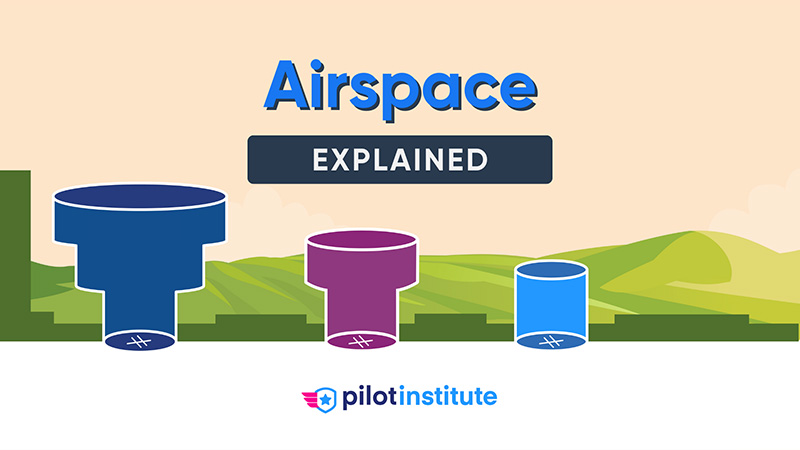Controlled Airspace Entry Point
Jump to navigation
Jump to search

Controlled Airspace Entry Point is a designated location where an aircraft enters controlled airspace, flight corridors, or an approach sequence. Air traffic controllers manage entry points to ensure smooth traffic flow and prevent conflicts between arriving and departing aircraft.
General Principles
- Communication is Key: Before entering any controlled airspace, pilots must establish and maintain two-way radio communication with the appropriate ATC facility.
- ATC Clearance: In some airspace classes (like Class B), an ATC clearance is required to enter and operate within the airspace.
- VFR vs. IFR: The specific procedures for entering controlled airspace can vary depending on whether you are flying under Visual Flight Rules (VFR) or Instrument Flight Rules (IFR).
- Designated Entry Points: Pilots should aim to enter controlled airspace near designated entry points, such as Visual Reference Points (VRPs) for VFR flights or along Standard Arrival Routes (STARs) for IFR flights.
Specific Airspace Classes
- Class A: All airspace above 18,000 feet MSL is Class A, and requires IFR flight plans and ATC clearance.
- Class B: Surrounds major airports and requires ATC clearance to enter and operate within.
- Class C: Surrounds airports with a control tower and radar approach control, requiring pilots to establish two-way radio communication before entering.
- Class D: Surrounds airports with a control tower, and requires pilots to establish two-way radio communication before entering.
- Class E: Any controlled airspace that is not Class A, B, C, or D.
- Class G: Uncontrolled airspace, where pilots are responsible for their own separation.
Entering Controlled Airspace Procedures
- Identify the Airspace: Determine the type of controlled airspace you are entering (e.g., Class B, C, D, or E).
- Contact ATC: Contact the appropriate ATC facility well in advance of entering the airspace, using the frequency specified in the Flight Information Publication (FIP) or Aeronautical Information Publication (AIP).
- Provide Information: Provide your aircraft call sign, type, position, heading, altitude, flight conditions, and the point of entry to the controller.
- Obtain Clearance (if required): If entering Class B airspace, wait for ATC clearance before entering.
- Maintain Communication: Maintain two-way radio communication with ATC while inside the controlled airspace.
- Follow Instructions: Adhere to all instructions given by ATC.
